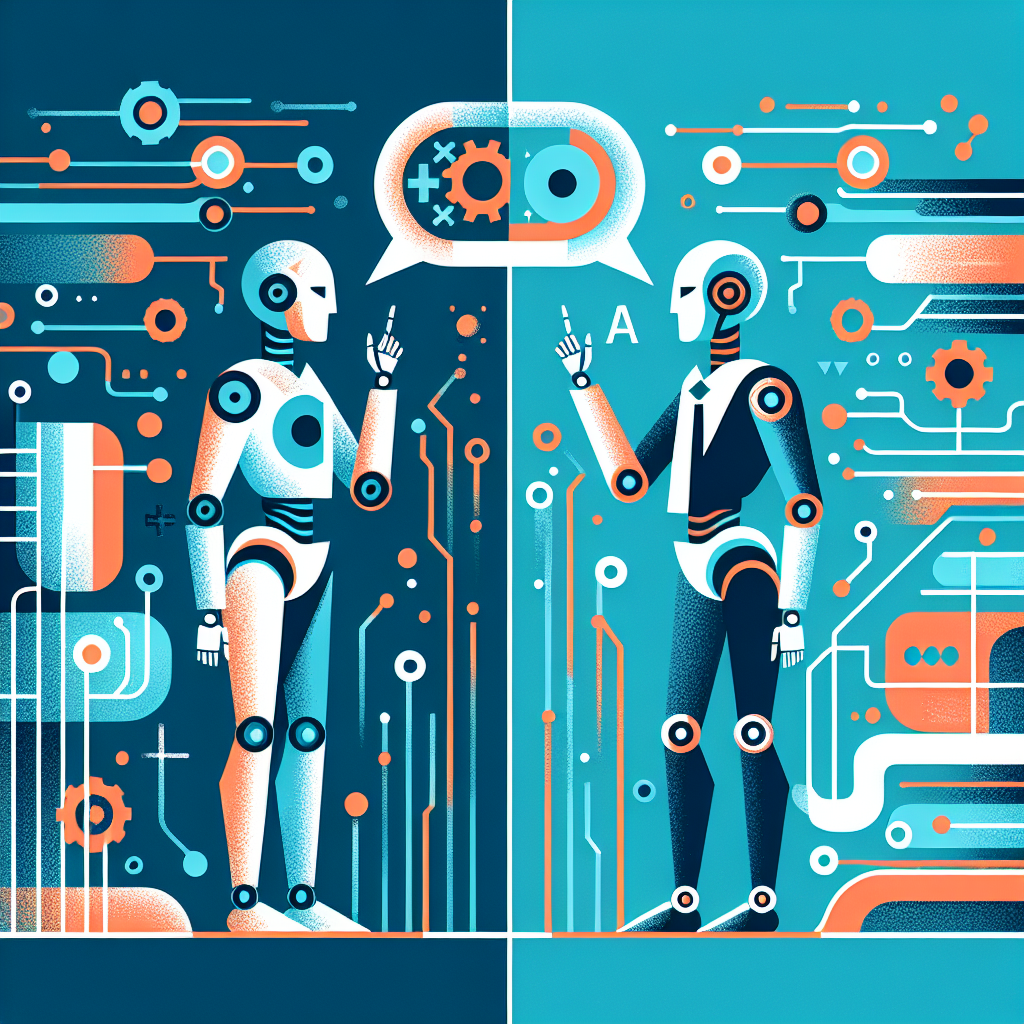Gen AI vs LLM: Unleashing Next-Level AI Power

Understanding Gen AI vs LLM: A Comprehensive Overview
In the rapidly evolving field of artificial intelligence, two prominent technologies stand out: Generative AI (Gen AI) and Large Language Models (LLM). Both play pivotal roles in advancing machine learning capabilities, yet they serve distinct purposes and are built on different architectures. This blog post explores the core differences and applications of Gen AI vs LLM, offering insights into their unique contributions to technology.
What is Generative AI?
Generative AI refers to algorithms that can create new content. This content can include text, images, music, or even complex designs. The primary goal of generative AI is to simulate human creativity by leveraging patterns learned from existing data.
Applications of Generative AI
- Content Creation: Tools like DALL-E and Midjourney generate visual art from textual descriptions.
- Music and Audio Production: AI models such as OpenAI’s Jukebox can compose music in various styles.
- Text Generation: Models like GPT-3 create coherent articles, stories, and even code.
How Generative AI Works
Generative models often use architectures like Generative Adversarial Networks (GANs) or Variational Autoencoders (VAEs). These models learn data distributions and generate new samples by either minimizing the difference between generated and real data (GANs) or through probabilistic approaches (VAEs).
## Example of a simple GAN generator model in TensorFlow
from tensorflow.keras.layers import Dense, LeakyReLU, Reshape
from tensorflow.keras.models import Sequential
def build_generator():
model = Sequential()
model.add(Dense(256, input_dim=100))
model.add(LeakyReLU(alpha=0.2))
model.add(Dense(512))
model.add(LeakyReLU(alpha=0.2))
model.add(Dense(1024))
model.add(LeakyReLU(alpha=0.2))
model.add(Dense(28 * 28 * 1, activation='tanh'))
model.add(Reshape((28, 28, 1)))
return model
What are Large Language Models?
Large Language Models are a subset of artificial intelligence focused on understanding and generating human language. They are trained on vast datasets to optimize language tasks such as translation, sentiment analysis, and summarization.
Characteristics of LLMs
- Scale: LLMs like GPT-3 consist of billions of parameters, making them capable of understanding complex language patterns.
- Pre-trained: These models undergo extensive pre-training on diverse datasets, followed by fine-tuning for specific tasks.
- Versatility: They can perform a wide range of language-related tasks with high accuracy.
Examples of LLMs in Action
- Chatbots: Many customer service bots use LLMs to provide human-like interactions.
- Language Translation: Models like BERT enhance translation accuracy by understanding context and nuances.
- Code Generation: Codex, an offshoot of GPT-3, assists developers by generating code snippets based on natural language prompts.
## Using Hugging Face's Transformers library to load a pre-trained LLM
from transformers import pipeline
generator = pipeline('text-generation', model='gpt-3.5')
generated_text = generator("The future of AI in healthcare is", max_length=50)
print(generated_text)
Key Differences: Gen AI vs LLM
Understanding the distinctions between generative AI and large language models is crucial for leveraging their capabilities effectively.
Purpose and Functionality
- Gen AI: Focuses on creating new, original content across various media.
- LLM: Specializes in language tasks, understanding, and generating text.
Architecture
- Gen AI: Utilizes GANs, VAEs, and other deep learning frameworks to generate data.
- LLM: Based on transformer architecture, which excels at processing sequential data.
Data Requirements
- Gen AI: Requires large, often diverse datasets to learn patterns for content creation.
- LLM: Needs extensive language datasets to capture linguistic nuances.
Real-World Impact of Gen AI and LLM
Both generative AI and large language models have transformative impacts across industries.
Gen AI Impact
- Entertainment: Revolutionizes content creation in movies and games.
- Design: Automates complex design tasks, saving time and resources.
- Healthcare: Assists in drug discovery by simulating molecular structures.
LLM Impact
- Customer Service: Enhances user experiences through efficient and responsive chatbots.
- Education: Provides personalized learning experiences and automated grading.
- Business Intelligence: Improves decision-making by summarizing vast amounts of data.
Conclusion
In the debate of Gen AI vs LLM, it’s clear that both technologies are indispensable in the modern AI landscape. While generative AI pushes the boundaries of creativity, large language models enhance our understanding and processing of human language. As artificial intelligence continues to evolve, the synergy between these technologies will likely lead to even more groundbreaking applications, transforming industries and everyday life. Understanding their distinct roles and capabilities enables businesses and developers to harness their power fully, driving innovation and efficiency in numerous fields.